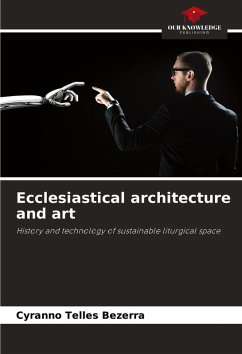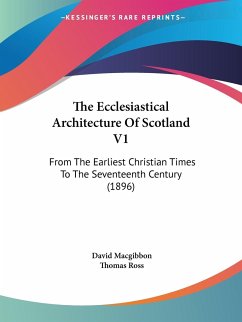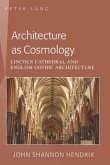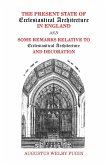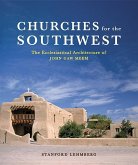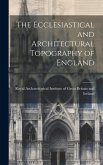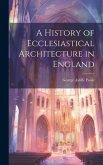This work addresses the issues surrounding the design development of Christian architecture and the church building, its artistic representations from Paleochristian times to the present day. In this sense, the work aims to subsidize conceptual guidelines for future ecclesiastical architecture projects, assuming a concern for environmental integration, in the face of the demands of today's society. The insertion of sacred art into the sphere of sustainable development is insistently referred to by the Church of Rome, which is currently proposing a model of celebratory space, which turns to the continuity of natural life, in order to perpetuate the Christian faith, divine creation, and its surrounding world. In order to fully understand the important role of ecclesiastical architecture and art within societies, and how the way in which worship is provided directly impacts on the daily conduct of users, it is essential that this work covers the areas of sacred architecture in the sensory experimentation of the transcendent, architecture at the service of liturgy and, finally, the church building and sustainable development, resulting in conceptual guidelines.
Bitte wählen Sie Ihr Anliegen aus.
Rechnungen
Retourenschein anfordern
Bestellstatus
Storno

